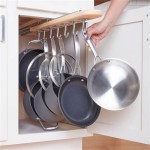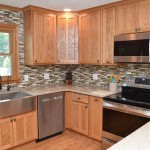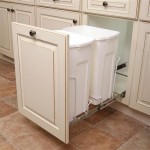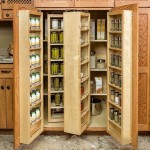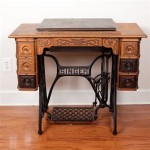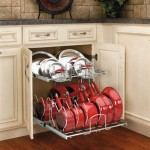Is It Easy To Paint Kitchen Cabinets?
Painting kitchen cabinets is a popular DIY project, offering a cost-effective way to refresh the look of a kitchen without a full renovation. However, the ease of the project depends on several factors, including the existing condition of the cabinets, the desired finish, and the individual's DIY experience. While painting kitchen cabinets may seem straightforward, there are crucial steps and considerations that can make or break the project.
Factors Influencing Ease of Painting Cabinets
Several factors contribute to the ease of painting kitchen cabinets. Here are some key considerations:
1. Condition of Existing Finish
The existing finish on the cabinets significantly impacts the project's complexity. If the cabinets have a smooth, unblemished surface, the painting process is relatively straightforward. However, if the cabinets are heavily worn, stained, or have a textured finish, additional preparation steps are required. This may involve sanding, cleaning, and applying a primer to create a smooth and receptive surface for paint.
2. Desired Finish
The desired finish for the cabinets also influences the ease of painting. A simple, flat paint finish requires fewer steps compared to a multi-layered, distressed, or glazed finish. The latter often involves multiple coats, special techniques, and additional materials, adding complexity to the project.
3. DIY Experience
An individual's DIY experience plays a crucial role in the perceived ease of painting cabinets. Those with experience in painting and woodworking projects may find the process more manageable than beginners. However, with proper preparation and detailed instructions, even individuals with limited DIY experience can achieve a successful outcome.
Key Steps for Painting Kitchen Cabinets
Regardless of the specific factors mentioned above, there are several key steps involved in painting kitchen cabinets. These steps form the foundation for a successful project, regardless of the complexity of the desired finish.
1. Preparation
Proper preparation is paramount for achieving high-quality results. This involves removing all cabinet doors and hardware, cleaning the surfaces thoroughly, and sanding to create a smooth, even surface. The sanding step is particularly important for cabinets with existing finishes or imperfections. If necessary, apply a primer to ensure optimal paint adhesion and coverage.
2. Painting
Once the cabinets are prepared, the painting process begins. This typically involves multiple coats of paint, applied with a high-quality brush or roller. Ensure each coat is applied evenly and allowed to dry completely before applying the next coat. For a professional finish, consider using painter's tape to mask off areas that should not be painted, such as glass panels or adjacent walls.
3. Finishing Touches
After the paint dries, it's time to apply finishing touches. This may involve adding protective sealant or varnish for durability, applying decorative accents, or reinstalling hardware.
Tips for Achieving a Professional Finish
While painting kitchen cabinets can be a straightforward DIY project, following these tips helps achieve a professional finish and maximize success:
1. Choose the Right Paint
Select a high-quality paint formulated for cabinets, ensuring it offers good adhesion, durability, and a smooth finish. Consider using a semi-gloss or satin finish for a more durable and easily cleaned surface.
2. Use the Right Tools
Invest in quality painting brushes, rollers, and painter's tape. These tools make a significant difference in achieving smooth, even paint application. For intricate details, consider using a small brush or a foam roller.
3. Take Your Time
Painting kitchen cabinets requires patience. Allow adequate drying time between coats and avoid rushing the process. This ensures even paint application and a professional finish.
4. Practice on a Test Board
Before painting the actual cabinets, practice on a scrap piece of wood to get a feel for the paint and tools. This helps familiarize yourself with the process and identify any potential issues before starting on the cabinets themselves.
While painting kitchen cabinets can be a rewarding project, it's important to understand the factors that influence its ease and to approach the project with proper preparation and execution. With patience, attention to detail, and the right techniques, even beginners can achieve a professional-looking finish and transform the look of their kitchen.

How To Paint Kitchen Cabinets The Love Notes Blog

How To Paint Kitchen Cabinets Hgtv

How To Paint Kitchen Cabinets A Step By Guide Confessions Of Serial Do It Yourselfer

Avoid These Mistakes How To Paint Cabinets That Are Already Painted Grace In My Space

How To Paint Kitchen Cabinets Forbes Home

Painted Kitchen Cabinets One Year Later The Palette Muse

How To Paint Your Kitchen Cabinets In Six Easy Steps The Home

Should I Paint My Kitchen Cabinets

The Best Way To Paint Kitchen Cabinets No Sanding Palette Muse

How To Paint Kitchen Cabinets Like The Pros

